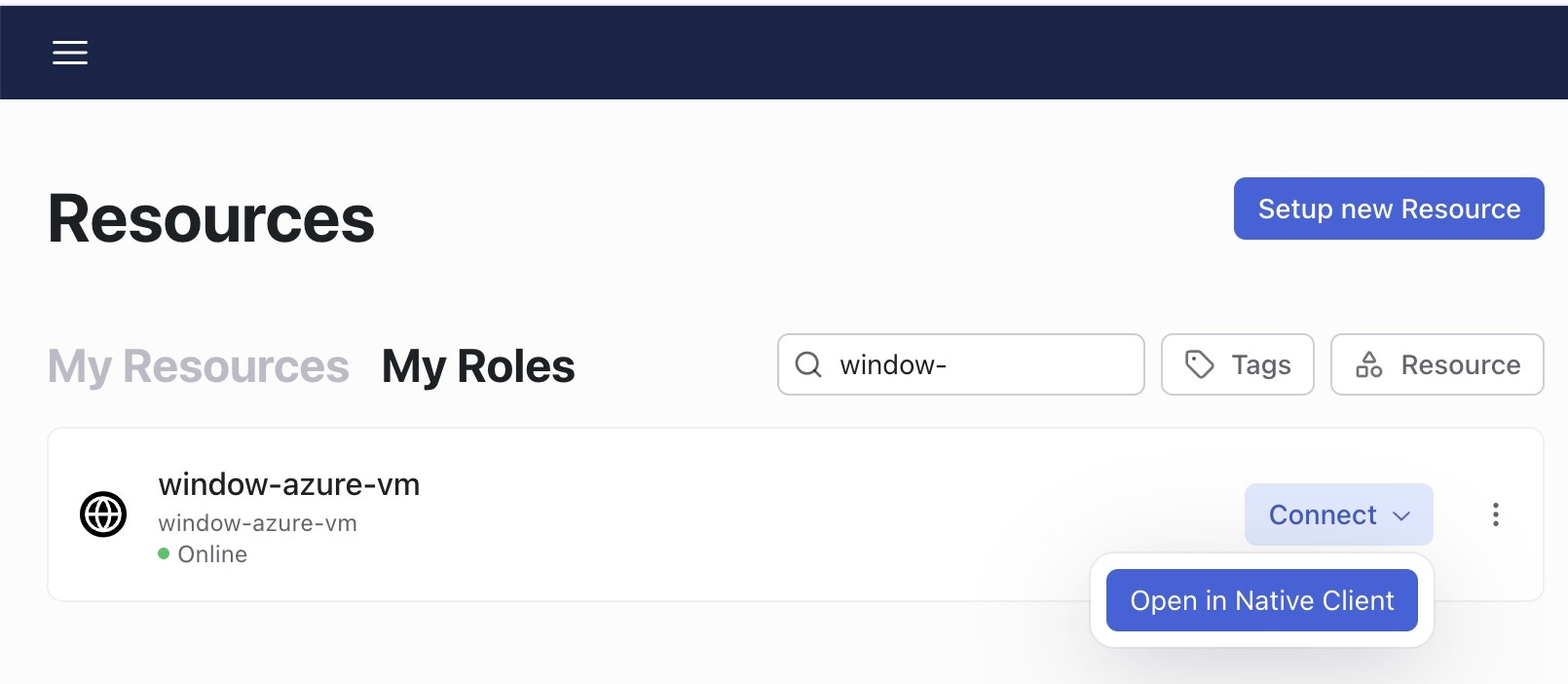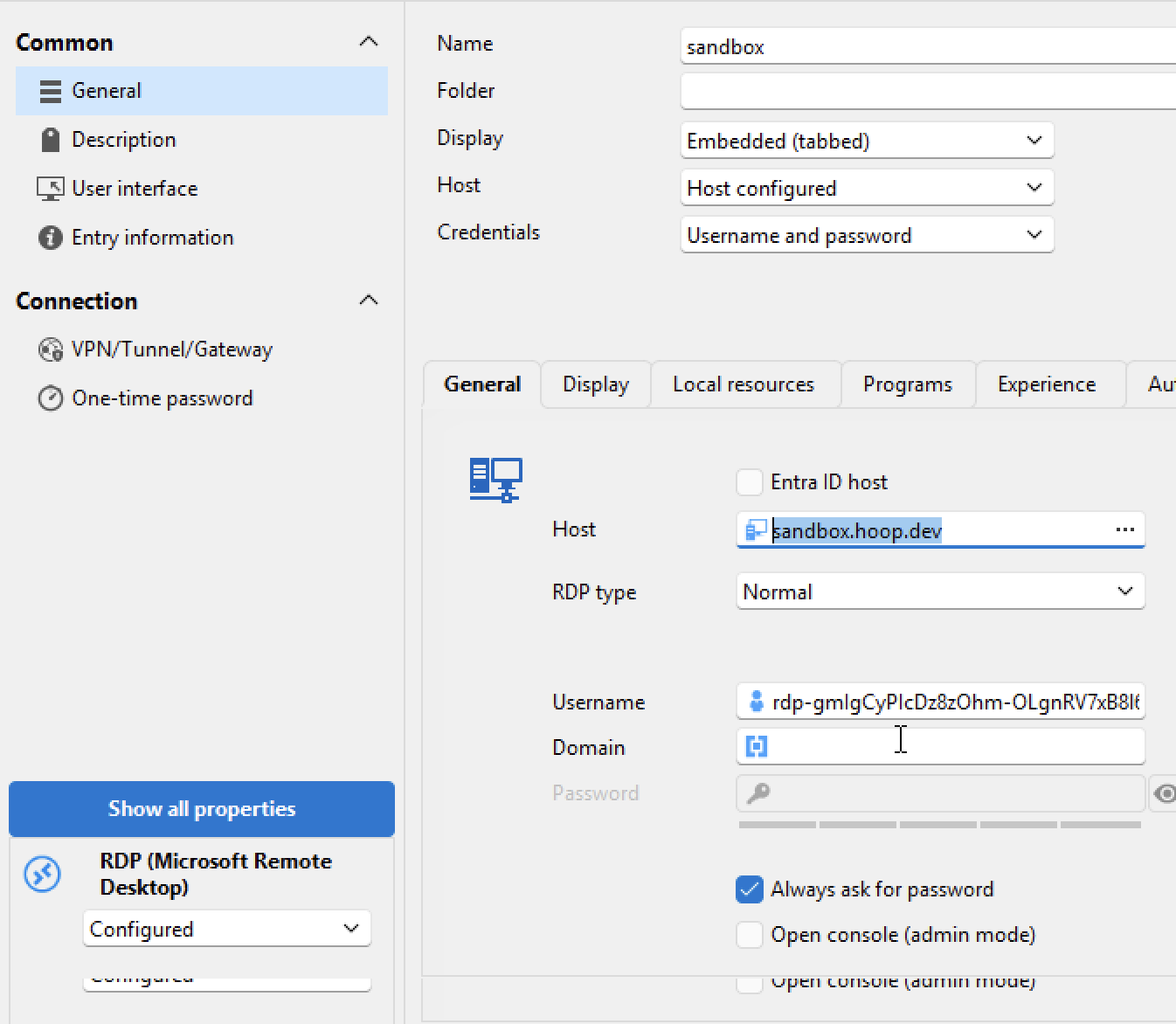Before you start
To get the most out of this guide, you will need to:- Either create an account in our managed instance or deploy your own hoop.dev instance
- You must be your account administrator to perform the following commands
Features
The table below outlines the features available for this type of connection.- Native - Indicates the connectivity happens through the Hoop command line (
hoop connect <connection-name>) or acessing the protocol port directly on the gateway. - One Off - This term refers to accessing the resource from Hoop Web Console.
| Feature | Native | One Off | Description |
|---|---|---|---|
| TLS Termination Proxy | The local proxy terminates the connection with TLS, enabling the connection with the remote server to be TLS encrypted. | ||
| Audit | The gateway stores and audits the queries being issued by the client. | ||
| Data Masking (Google DLP) | A policy can be enabled to mask sensitive fields dynamically when performing queries in the database. | ||
| Data Masking (MS Presidio) | A policy can be enabled to mask sensitive fields dynamically when performing queries in the database. | ||
| Guardrails | An intelligent layer of protection with smart access controls and monitoring mechanisms. | ||
| Credentials Offload | The user authenticates via SSO instead of using database credentials. | ||
| Interactive Access | Interactive access is available when using an IDE or connecting via a terminal to perform analysis exploration. |
Supported Clients
| Client | Windows | Mac OS | Linux |
|---|---|---|---|
| Remote Desktop Manager (Devolutions) | ❌ | ✅ | ❌ |
| FreeRDP | ✅ | ✅ | ✅ |
How to Use It
This feature is still experimental, and we’re working on expanding support to other RDP clients soon.
1
Download and Install the RDP Manager Client
2
Add new Entry
Add a new Entry and select 
RDP (Session)
3
Generate a new credential on Hoop
- Go to your Hoop instance > Resources > My Roles
- Select the dropdown “Connect” button and click in Open in Native Client
- Select the amount of time and copy the credentials information

4
Add the credentials to the RDP client
- Add the username
- Add the public address of the Hoop Gateway
- Save it
Make sure to check the option “Always ask for password”

5
Connect
- Click on “Open Session”
- Paste the password and it should connect remotely with your Windows instance.